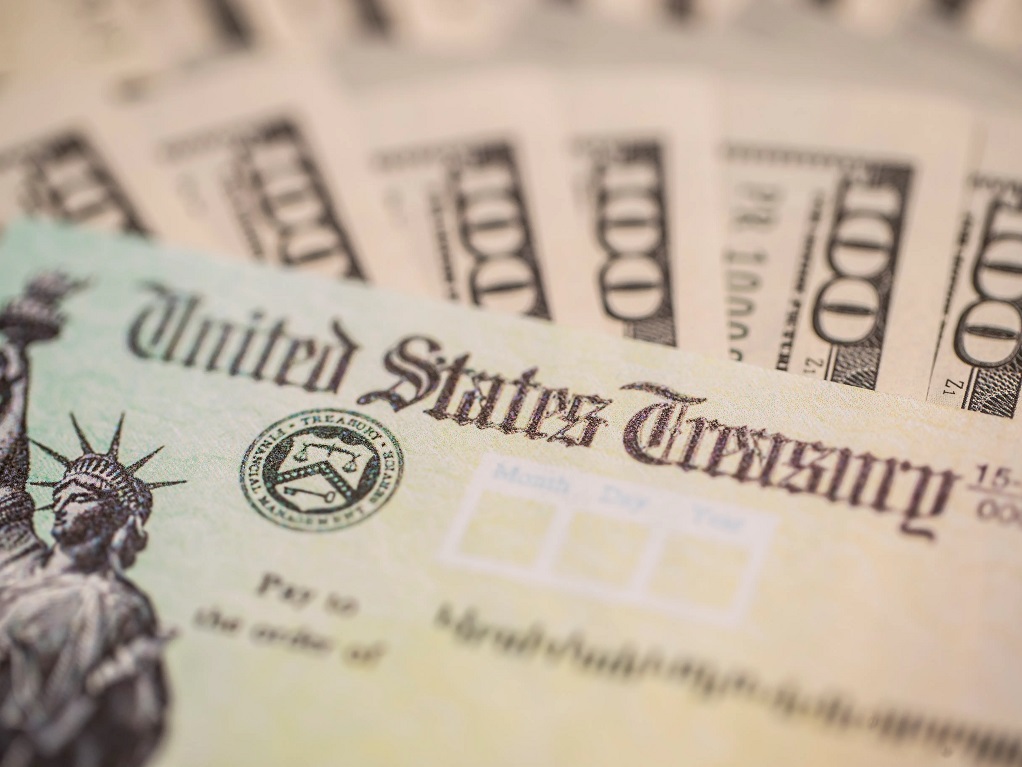With the Federal Reserve aggressively raising interest rates in 2023, it's more important than ever for fixed income investors to understand bond duration and how it relates to interest rate risk. In this post, we'll break down exactly what duration is, how it differs from maturity, and why it matters given the current rising rate environment.
 SourceMoneyGuru-https://www.mgkx.com/5175.html
SourceMoneyGuru-https://www.mgkx.com/5175.html
Duration vs. Maturity
First, let's clear up the difference between a bond's duration and its maturity. The maturity date is when the bond's principal is due to be repaid. Duration, on the other hand, measures how sensitive a bond's price is to changes in interest rates. Specifically, duration estimates the percentage change in price for a 1% change in rates.SourceMoneyGuru-https://www.mgkx.com/5175.html
For example, say a bond has a duration of 5 years. If interest rates rise by 1%, the bond's price would be expected to fall by approximately 5%. The longer the duration, the more sensitive the bond is to rate hikes.SourceMoneyGuru-https://www.mgkx.com/5175.html
Duration takes into account the timing of a bond's coupon payments, whereas maturity just focuses on the repayment of principal. Bonds with higher coupons tend to have lower durations, since investors get more of their expected returns sooner.SourceMoneyGuru-https://www.mgkx.com/5175.html
Why Duration Matters Now
In 2022 and 2023, the Federal Reserve has embarked on an aggressive tightening campaign, raising the federal funds rate sharply to combat high inflation. This has led to a spike in interest rates across the curve, especially on the short end.SourceMoneyGuru-https://www.mgkx.com/5175.html
As rates rise, bond prices fall. And with the Fed signaling that more hikes are likely in 2023, investors need to understand how duration impacts their fixed income portfolios. Funds and ETFs with heavy exposure to long duration bonds could see significant price declines if rates keep rising.SourceMoneyGuru-https://www.mgkx.com/5175.html
Mitigating Interest Rate Risk
So what can you do to mitigate interest rate risk in this environment? Here are a few tips:SourceMoneyGuru-https://www.mgkx.com/5175.html
- Consider shorter-term bonds or bond funds. These have lower duration and less sensitivity to rate hikes.
- Ladder your bond portfolio with staggered maturities. This provides steady income and allows you to reinvest at higher rates.
- Look for active bond funds with flexible duration mandates. Managers can adjust the portfolio's sensitivity amid rate changes.
- Utilize floating rate notes or inflation-protected bonds. These offer less duration risk than plain vanilla bonds.
- Diversify globally. Foreign bonds from countries with different monetary policies can add balance.
The bottom line is that investors need to understand how duration impacts their fixed income holdings today. By managing duration and interest rate exposure, your bond portfolio can remain resilient even as the Fed keeps raising rates.SourceMoneyGuru-https://www.mgkx.com/5175.html SourceMoneyGuru-https://www.mgkx.com/5175.html












